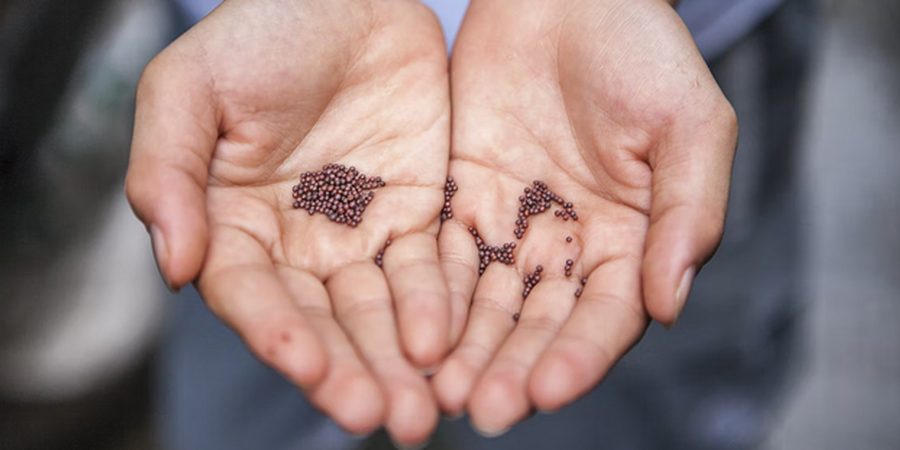Philadelphia, PA - Ancient Food & Flavor takes curious minds and palettes on a gastronomical journey across though history by examining food, and plant remains in an indoor-outdoor exhibition. It will be open at the Penn Museum on Saturday, June 3, 2023.
Ancient Food & Flavor" Unwraps Pre-Historic Leftovers
Understanding human history has been centered around food. Researchers and archaeologists turn to preserved animals and plants as tiny treasure troves for data that can be used to interpret people's actions, decisions, and activities.
Food has been an integral part of culture and identity for centuries. Archaeologists love to study food because it relates directly to our lives today and creates connections with the past," Dr. Chantel White, curator of Ancient Food & Flavor and archaeobotanist at the Center for the Analysis of Archaeological Materials(CAAM) at the Penn Museum. "The ability to interpret ancient foods can reveal more about ancient people's labor, skills, and traditions around food practices. These "leftovers" can also be used to reconstruct ancient environments and identify animal and plant resources available to past humans.
The three sites offer a chance to learn about ancient societies that could plant crops, hunt, eat, and drink based on organic remains dating back thousands of years.
- Robenhausen is the site of some of the most important archaeological discoveries made in the 19th century. Interactives and artifacts such carbonized fruits, nuts, and a Neolithic Boar Tusk dating back to around 4,000 BC are featured in this section of the exhibition. Waterlogged houses allow visitors to view homes, fishing equipment, and food remnants dating back over 6,000 years.
- Archaeologists discovered plant material preserved by carbonization (burning) at Numayra in Jordan, an Early Bronze Age community that dates back to 4,500 years. The area includes a vignette on winemaking, with old jars, serving jugs, and grape seeds. Visitors can also take a closer look at carbonized wheat grains resting on a grinder stone.
- The remains of cooking pots and dried foods from 200 CE were found along the coast of Peru. This section features ancient potatoes, beans, peanuts, and corn that are between 600-700 years and fabrics, as well as cotton and baskets. This section focuses on ongoing research into climate history and archaeology over time.
Ancient Food & Flavor also features scientific samples that Penn archaeologists collected 60 years ago from bristlecone Pine trees in California. This was used to calibrate radiocarbon dates, which is an essential tool that can be used to determine the age and provenance of archaeological artifacts.
The exhibition features short videos that show scenes from everyday life and information about storage techniques and food sources. Visitors will have the opportunity to examine microscopes and identify tiny seeds. They can also learn how archaeologists recover material from ancient sites.
"Archaeologists are searching for ancient food remains because they know what the site was like. They also know how to prepare it. Dr. Katherine Moore, curator at Ancient Food & Flavor, and a zooarchaeologist at Penn Museum, say this. This history is what we use to inform our food culture. These foods are derived from prehistoric landscapes.
The Lower Level of the Merle-Smith Galleries houses Ancient Food & Flavor. It extends through Mosaic Hall to the Museum's indoor garden space, which is a hidden treasure. Visitors are invited to stroll through the Mosaic Garden and see firsthand the crop plants that played an important role in village life.
The outdoor section of the exhibition allows visitors to connect with the food-related living plants. They can see how they feel, look, and smell--and what landscapes these crops can create. Visitors can view older and more recent examples of plant species in the garden. Plantings can include wheat, gourds, chili peppers, strawberries, and plums. It all depends on the season and outdoor conditions.
Penn Museum admission includes access to Ancient Food & Flavor.
This summer, exhibition-related tours, workshops, and activities will be offered in partnership with Bartram's Garden and Grounds For Sculpture. They will continue until the fall of 2024.


